
OR
Editorial
Building upon the NEA's success story
Published On: August 20, 2023 07:15 AM NPT By: Republica | @RepublicaNepal
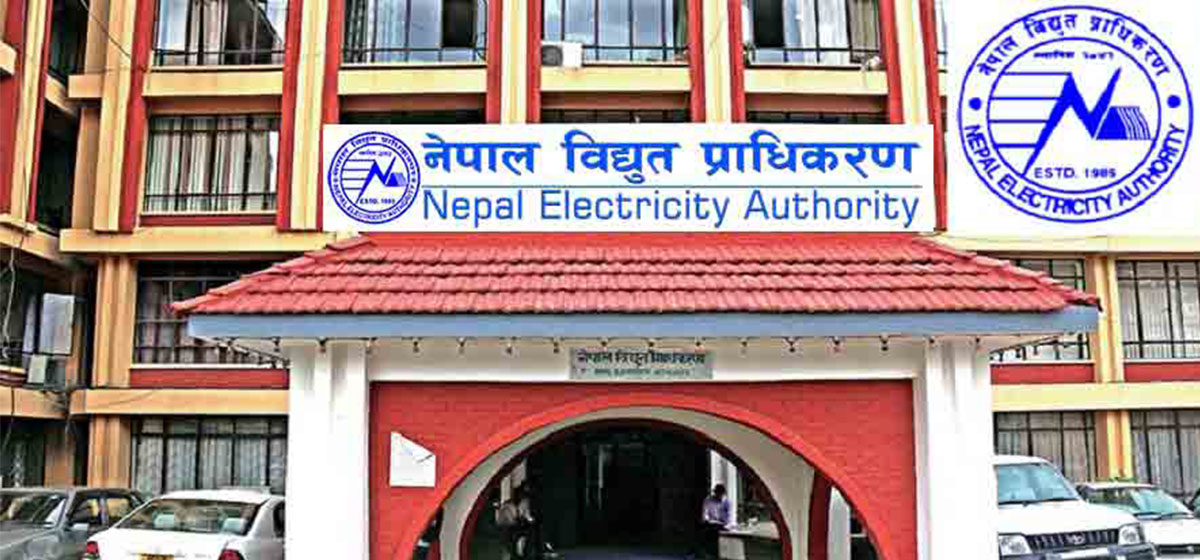
In a remarkable turn of events, Nepal has emerged from the clutches of chronic power shortages that once crippled daily life and hampered economic progress. In the past one decade, the Nepal Electricity Authority (NEA) has achieved a significant milestone in the generation and consumption of electricity, marking a transformational shift that deserves applause and proactive support from all stakeholders involved. The years leading up to 2015 were marred by an imbalance between electricity demand and supply, resulting in scheduled power cuts and a desperate plea from NEA for reduced consumption. Fast forward to the present, and Nepal has undergone a monumental change. Thanks to the relentless efforts of the NEA, power cuts are now a rarity, limited mainly to interruptions in transmission and distribution. By the close of the fiscal year 2022/23, an impressive 2,684 MW of electricity has been integrated into the national grid from various sources, including hydropower and solar projects. Private sector contributions have played a significant role, amounting to 1,545 MW. NEA projects account for 661 MW, while NEA subsidiary companies provide an additional 478 MW. The NEA has not only attained consistent profitability but has also expanded electrification efforts, reaching 27 percent more households in the past seven years. This progress has also translated into improved per capita energy consumption.
However, as we celebrate this progress, it's essential to address the ongoing challenges that continue to hinder the NEA's aspiration for seamless power supply. Quality transmission and distribution lines remain a bottleneck, causing intermittent electricity supply. While the NEA has demonstrated remarkable improvement over the years, ensuring uninterrupted supply is crucial for sustaining the growth trajectory. Perhaps the most compelling reason to invest in the relentless pursuit of uninterrupted power supply lies in the potential it holds for transforming Nepal's energy landscape. As the NEA strives to cement its legacy of accomplishment, there's an unprecedented opportunity to capitalize on this momentum. Specifically, the focus should be on promoting the adoption of electric stoves and electric vehicles (EVs). The benefits of this transition are multifaceted and far-reaching. Firstly, the switch to electric stoves offers environmental benefits by reducing indoor air pollution and mitigating health hazards. Furthermore, it aligns with global efforts to combat climate change by reducing reliance on fossil fuels for cooking purposes. However, the true game-changer lies in the potential for electric vehicles. Nepal, like many countries, expends a significant portion of its resources importing petroleum products. This dependence on fossil fuels not only strains the national economy but also poses environmental and geopolitical risks. By incentivizing the adoption of EVs, NEA can play a pivotal role in saving the country from hemorrhaging resources through oil imports. The financial windfall resulting from reduced petroleum imports could be diverted towards strengthening the country's infrastructure, healthcare, education, and more.
It's heartening to note that the NEA has already laid the groundwork for further advancements. The consistent profitability streak of NEA exemplifies the organization's commitment to progress. The steady increase in the percentage of households with access to electricity and the rise in per capita energy consumption are testaments to the tangible impact of these efforts. As we move forward, we urge the NEA to continue its journey towards ensuring uninterrupted power supply. This entails addressing transmission and distribution challenges head-on and forging partnerships to drive innovation in the energy sector. By doing so, the NEA can catapult Nepal into a future where electric stoves and EVs are the norm, alleviating financial burdens and environmental concerns. The foundation has been laid, the journey has begun, and the destination—a sustainable and prosperous Nepal—is within reach.
You May Like This
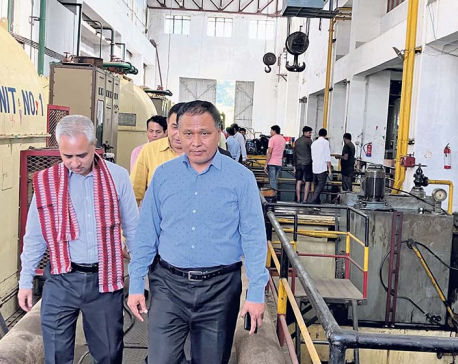
NEA to modernize Gandak hydropower station, Rs 420 million needed
KATHMANDU, Nov 13: Nepal Electricity Authority (NEA) is going to rehabilitate and modernize the 15 MW Gandak hydropower plant located... Read More...
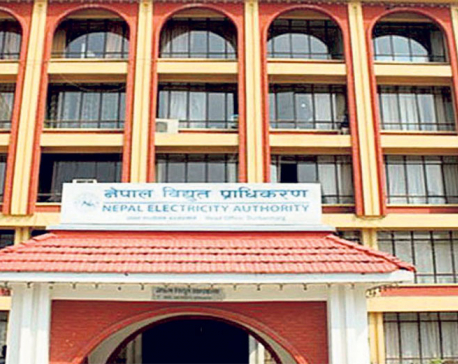
Transition is a must
In the midst of every crisis, lies a great opportunity and every crisis adds courage. The world is dealing with... Read More...
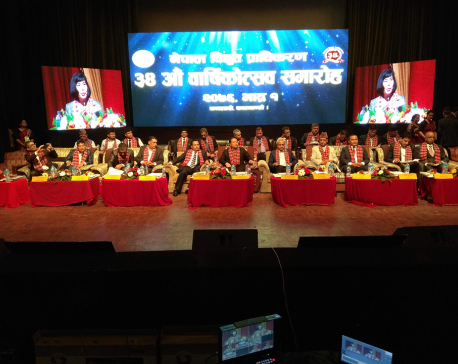
NEA targets to bring down power leakage to 14%
KATHMANDU, Aug 19: Nepal Electricity Authority, the state power authority of Nepal, celebrated its 34th anniversary on Sunday in Kathmandu. ... Read More...





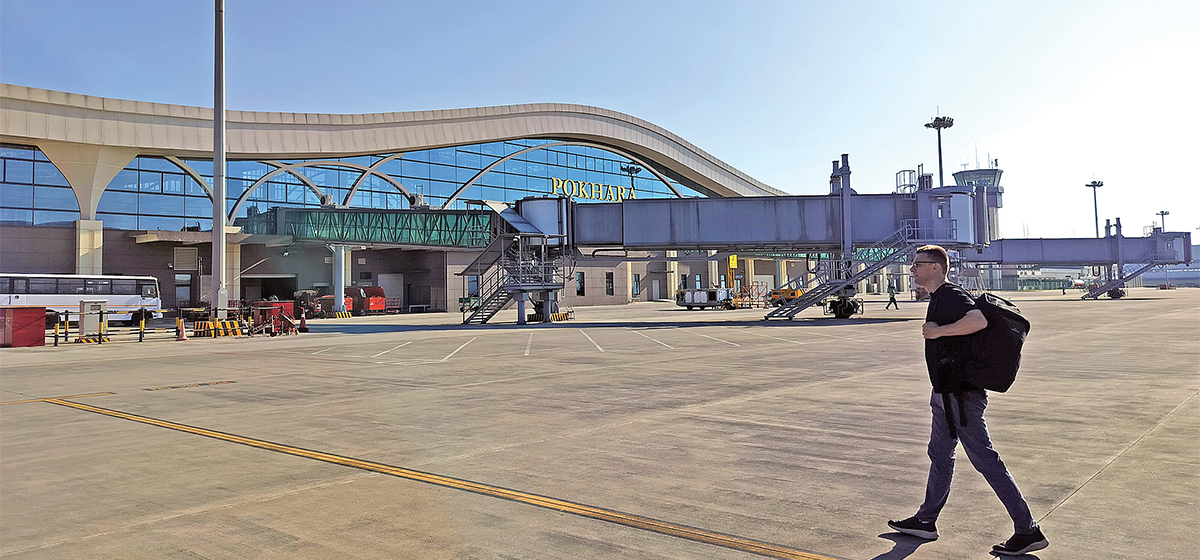
Just In
- Innovation Fund will be set up for IT sector expansion: PM
- NEPSE loses 7.31 points, daily turnover slides down to Rs 4.13 billion
- President Paudel summons budget session on May 10
- Over 100,000 tourists visit Nepal monthly on average
- Sudurpaschim CM Sodari to seek vote of confidence tomorrow
- Incidents of forest fire on the rise with 165 incidents reported so far this year
- Newly-appointed Vice Chancellors call on PM Dahal
- West Indies 'A' clinches T20 Series title against Nepal



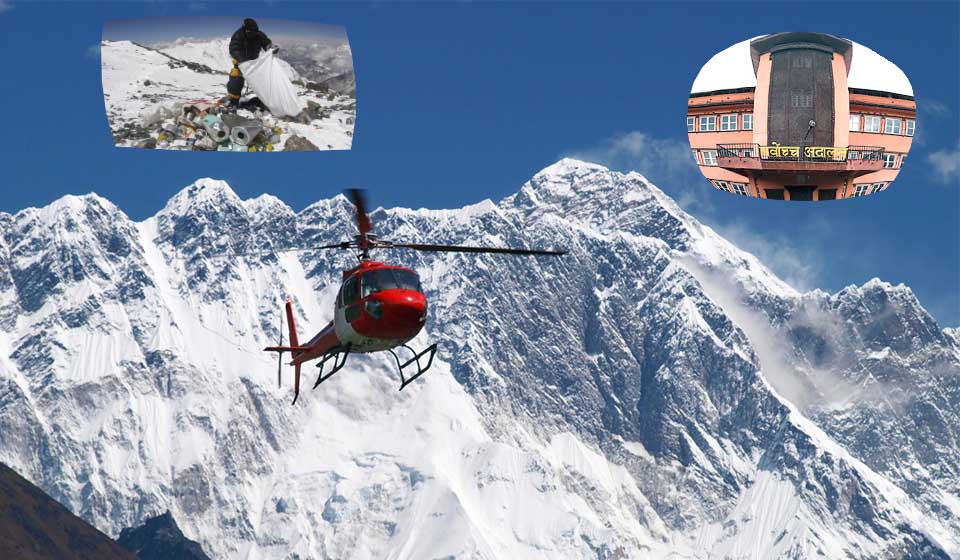

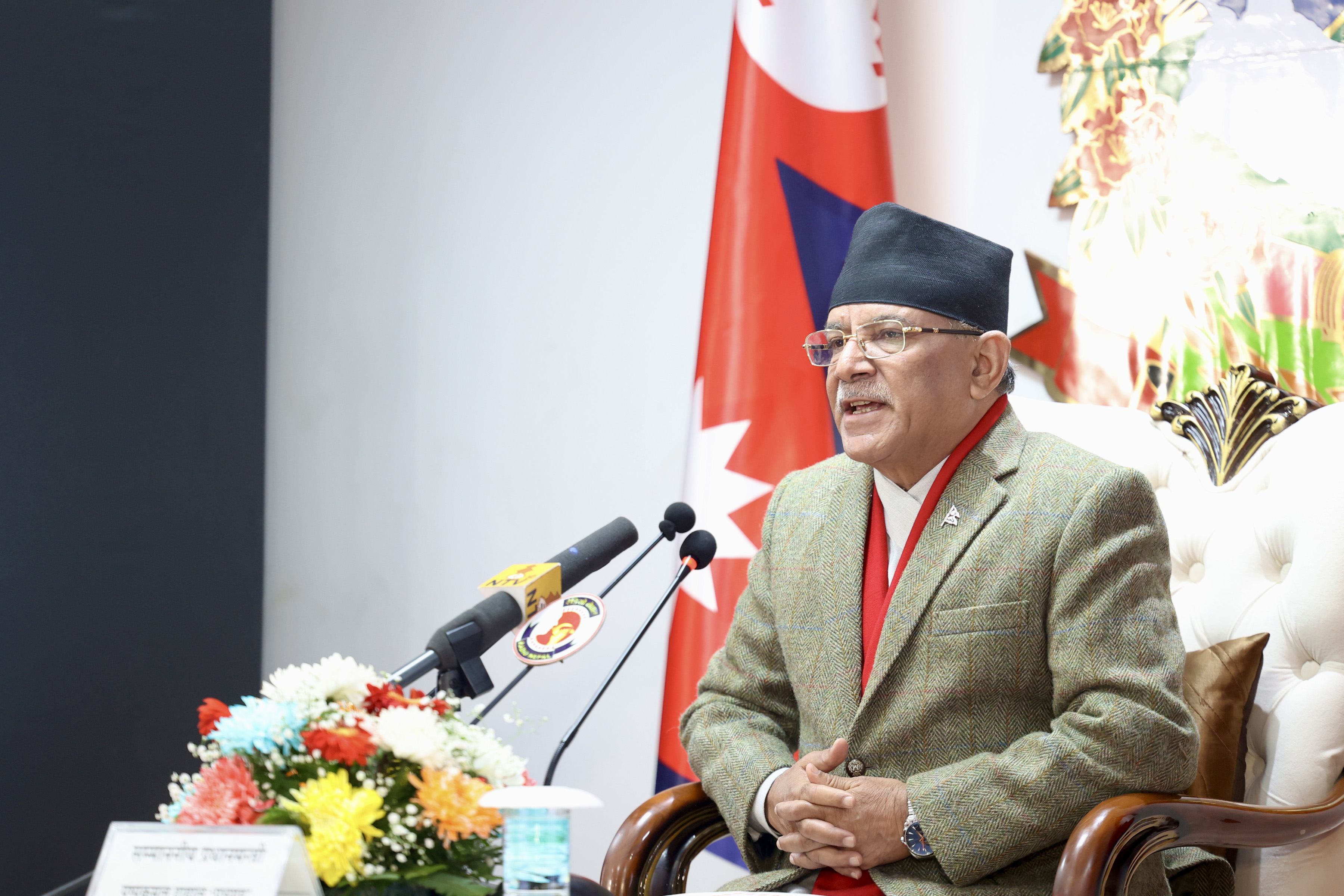


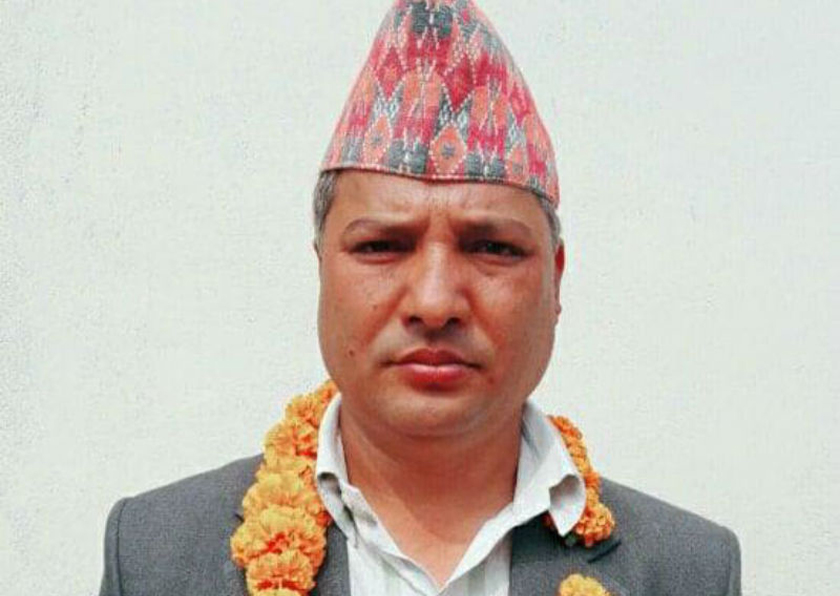

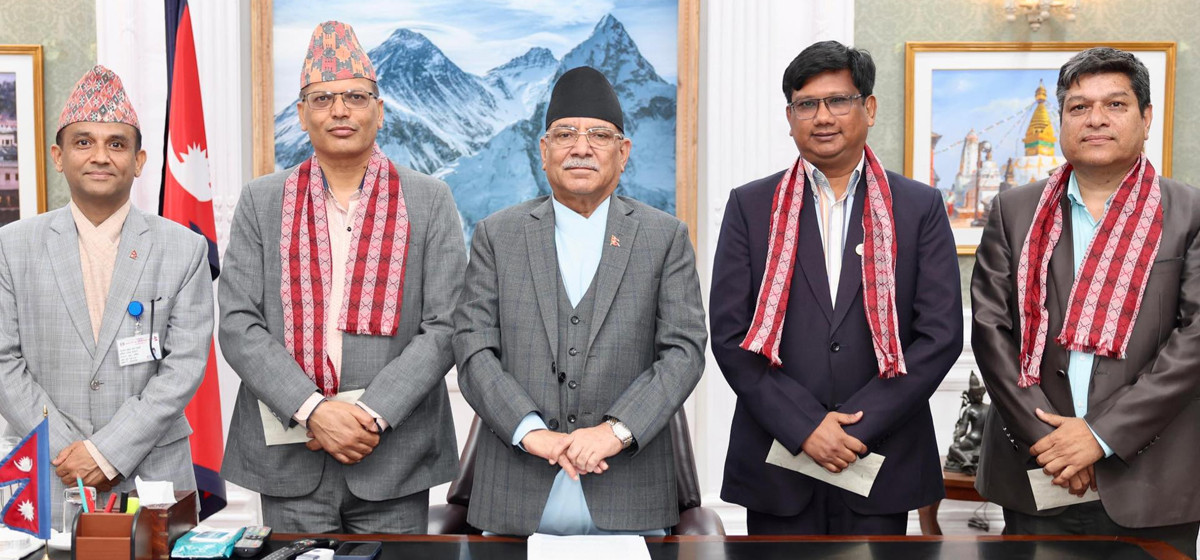


Leave A Comment